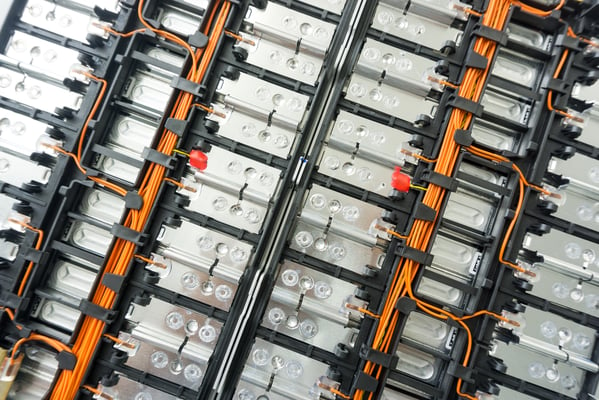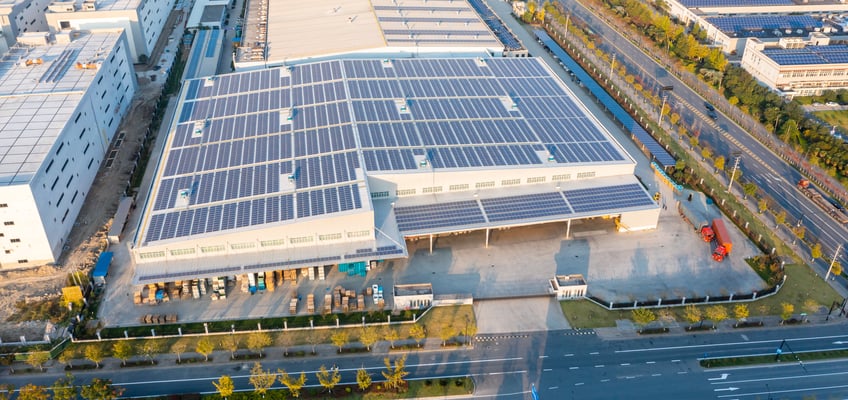
How to Maximizing Grid Efficiency with Battery Energy Storage Systems
In the realm of energy management, two key strategies stand out for optimizing grid performance and enhancing overall efficiency: load shifting and peak shaving. These techniques, often employed in conjunction with Battery Energy Storage Systems (BESS), offer innovative solutions to mitigate demand peaks, reduce energy costs, and promote grid stability. This article delves into the distinction between load shifting and peak shaving, elucidating their positive impacts when integrated with BESS technologies.
Load Shifting vs. Peak Shaving
Load shifting and peak shaving are both methods aimed at managing electricity consumption to alleviate strain on the grid during periods of high demand. However, they differ in their approach and objectives.
Load shifting involves redistributing electricity consumption from peak hours to off-peak times, thereby smoothing out demand curves and optimizing grid utilization. By encouraging consumers to shift non-essential tasks, such as charging electric vehicles or running appliances, to periods of lower demand, load shifting reduces the pressure on the grid during peak hours, when energy costs are typically higher.
On the other hand, peak shaving focuses specifically on reducing peak demand spikes by deploying energy storage systems to supply additional power during critical periods. By storing excess energy during off-peak hours and discharging it during peak demand periods, peak shaving effectively "shaves off" the peaks from the load profile, ensuring a more stable and manageable grid operation.
The Role of Battery Energy Storage Systems
Battery Energy Storage Systems (BESS) play a pivotal role in enabling both load shifting and peak shaving strategies, offering a versatile and efficient means of storing and dispatching electricity. BESS, comprised of lithium-ion batteries or other energy storage technologies, can rapidly charge and discharge electricity, making them ideal for dynamic grid applications.
In the context of load shifting, BESS provides a reliable storage solution for capturing surplus energy during periods of low demand and releasing it when demand is higher. By strategically timing the discharge of stored energy, BESS facilitates load shifting initiatives, smoothing out demand peaks and reducing reliance on costly peak-time electricity generation.
Similarly, BESS empowers peak shaving efforts by augmenting grid capacity during periods of heightened demand. By deploying BESS to deliver additional power during peak hours, utilities can mitigate the need for expensive peaking power plants or grid infrastructure upgrades. This not only reduces electricity costs but also enhances grid stability and resilience.
Contact us to see how we can help you utilize BESS to benefit your business and the grid.
Benefits of BESS-Enabled Load Shifting and Peak Shaving
Integrating BESS with load shifting and peak shaving strategies offers a myriad of benefits for utilities, consumers, and the environment alike:
- Cost Savings
By optimizing energy consumption patterns and reducing reliance on expensive peak-time electricity, BESS-enabled load shifting and peak shaving initiatives can result in significant cost savings for both utilities and consumers. - Grid Stability
By smoothing out demand fluctuations and mitigating peak demand spikes, BESS-supported strategies contribute to grid stability and reliability, reducing the risk of outages and grid congestion. - Renewable Energy
Integration BESS can store excess energy generated from renewable sources, such as solar or wind power, during periods of low demand and dispatch it when needed, facilitating greater integration of renewable energy into the grid. - Environmental Benefits
By reducing the need for fossil fuel-based peaking power plants and minimizing energy wastage during off-peak hours, BESS-enabled load shifting and peak shaving initiatives contribute to lower carbon emissions and environmental sustainability.
In conclusion, load shifting and peak shaving, when coupled with Battery Energy Storage Systems, offer powerful tools for optimizing grid performance, reducing costs, and promoting sustainability. By leveraging the flexibility and efficiency of BESS technology, utilities and consumers can effectively manage electricity demand, enhance grid stability, and accelerate the transition towards a cleaner, more resilient energy future.






